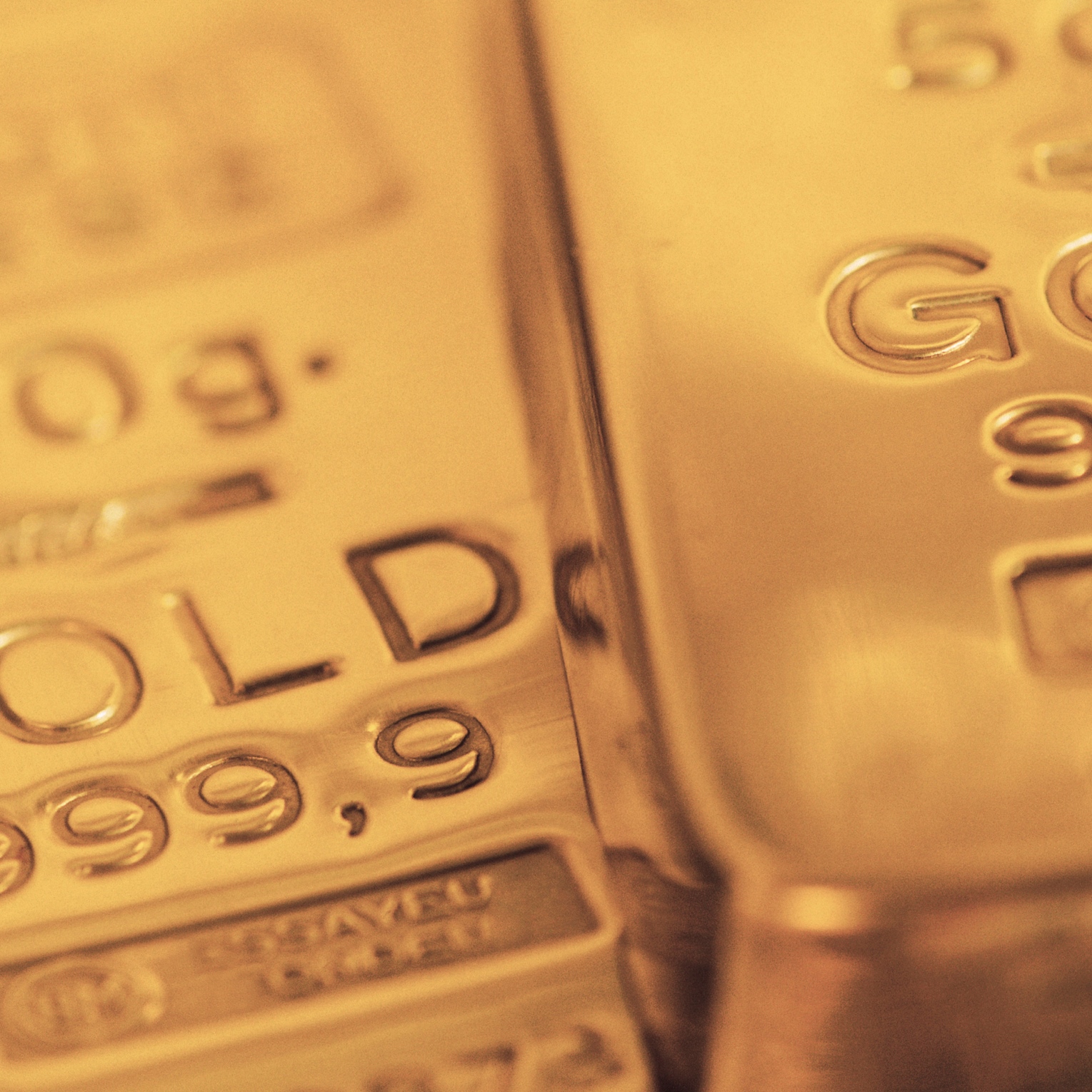
If there is one unit that has represented a store of economic value around the world for all of known history, it is gold. The shiny yellow metal has been considered the ultimate “real reserve” for nations throughout time. And the endless lust for gold has inspired more movies and novels in the last hundred years than can be easily counted. The price of gold is still up about 10.5% so far in 2017, but gold is up only 1% from this time a year ago.
There are some more evident cracks in the price of gold as 2018 approaches. With a global recovery underway and with rising interest rates abounding, some investors might have serious fears about the price of gold into 2018. Things like owning bitcoin, earnings interest, getting dividends and being in the mega-growth stocks might just keep a shadow over gold.
24/7 Wall St. decided to take a 360-degree view on gold. Some issues seem safe, but others seem risky. As the end of 2017 gets closer, there may be a more clear picture for gold in 2018.
As of Friday, November 10, 2017, the price of gold was down almost $10 per ounce to $1,275.85. Since mid-September, gold has remained mostly in a trading range between $1,270 and $1,300 per ounce. A tight range is likely to worry true technicians when those tight bands get tested. After all, a breakdown or a surge higher seems more likely after tight ranges get busted. If the test is happening on the downside, then you can guess what the trending chartists will be saying.
Central banks have continued to be net buyers of gold. The World Gold Council recently showed global demand trends showing that central banks, and gold investors combined, were just not strong enough to keep gold demand high in the third quarter. Even lower new supplies did not manage to keep demand up, although lower supplies would theoretically try to keep a floor under gold.
But on the central banking efforts, it turns out that rising U.S. interest rates pose a threat to gold. After all, gold pays no dividend and you earn no interest from it. And negative interest rates and asset purchases may not be as robust in Japan and Europe in 2018. If China needs to keep bolstering its economic expansion and international growth ambitions, then maybe it won’t be an aggressive buyer either.
What if the dominance of gold exchange-traded funds (ETFs) just isn’t there anymore? The SPDR Gold Shares (NYSE: GLD) was shown to have net capital outflows (ETF sellers exceeding buyers in total dollar volume) of almost $100 million on Friday alone. Its closing price of $121.13 was down by $1.00 on Friday, versus a 52-week trading range of $107.00 to $128.32. This ETF has existed since 2004 and had a total value of $34.8 billion on last look. That is of course massive, but is far under its peak.
As dangerous as the world is, areas like North Korea, Syria, Iran and new unrest in Saudi Arabia have to at least remind the world that there is a need for a true safe haven. That safe haven may be gold, depending upon how the rest of the global economic investable assets are priced at the time. RBC Capital Markets still has some bright hopes for gold in a manner. One way to hedge against geopolitical risk is not just gold, but by owning gold-mining stocks and gold royalty companies. RBC even sees big likely gains ahead for Goldcorp (NYSE: GG), Kinross Gold Corp. (NYSE: KGC) and Royal Gold Inc. (NASDAQ: RGLD).
And speaking of gold miners, the VanEck Vectors Gold Miners ETF (NYSE: GDX) has not been signaling great aspirations for gold miners in general. The major stock market indexes have challenged all-time highs week after week in 2017, but the $8 billion VanEck Vectors Gold Miners ETF closed down over 1.2% at $22.52 on Friday. This massive ETF is also down from its peak in size and it has a 52-week range of $18.58 to $25.71. Its chart has been ugly since a recent peak of $25.50 in early September. Now we have to see if this basing-out pattern right under $22.50 holds — if not, technicians will be signaling that triple-bottom in 2017 down closer to $21.00.
And what about the rise of bitcoin and cryptocurrencies? Some younger people, and those speculators who are willing to follow less obvious economic trends, are thinking that bitcoin and cryptocurrencies are the new gold of the modern age. Outside of the notion that you can’t touch bitcoin, it has many of the same elusive driving forces that would interest gold investors. If bitcoin were to keep escalating beyond the $6,600 recent price, then one obvious source of funds might be for speculators to unload some gold to buy bitcoin or other cryptocurrencies. The global value of cryptocurrency is now roughly $200 billion.
The real threats of war continue to remain threats, but the consolidation of power that has been seen in Russia, China, India, Saudi Arabia and elsewhere may end up making the world more stable. That of course remains to be seen, but a stable world with less geopolitical risk might take away at least some urgency to own gold if that truly occurs.
And on the “scare value” of gold, the world did not implode after the Great Recession. We did not move back a century or two by going back into a barter system. And if you are truly scared, the reality is that you can’t eat or drink gold to stay alive. Even gun sales and ammo sales have been slower in 2017, further supporting the notion that the overall “fear” drive is not there to support gold in 2018.
It’s too early to get most firms to issue formal 2018 forecasts yet. Still, some firms have lowered expectations for gold in 2018.
BNP Paribas gave a fresh 2018 forecast calling for the price of gold to be weak at the start of 2018. The firm expects gold prices to then firm up in mid-2018, only to fall again based on rising interest rates. BNP’s average 2018 gold price target is $1,255 per ounce. And in recent weeks, Merrill Lynch lowered its prior 2018 gold forecast of $1,400 per ounce down to $1,300 and then down to $1,250.
It is far too soon to predict that gold is going to have a hard year in 2018. Still, there are many issues lining up against gold. And higher smartphone and LED demand doesn’t seem to be enough on its own to drive gold endlessly higher.
Are You Ahead, or Behind on Retirement? (sponsor)
If you’re one of the over 4 Million Americans set to retire this year, you may want to pay attention.
Finding a financial advisor who puts your interest first can be the difference between a rich retirement and barely getting by, and today it’s easier than ever. SmartAsset’s free tool matches you with up to three fiduciary financial advisors that serve your area in minutes. Each advisor has been carefully vetted, and must act in your best interests. Start your search now.
Don’t waste another minute; get started right here and help your retirement dreams become a retirement reality.
Thank you for reading! Have some feedback for us?
Contact the 24/7 Wall St. editorial team.
 24/7 Wall St.
24/7 Wall St.


